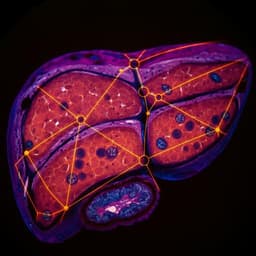
Computer Science
Towards better heartbeat segmentation with deep learning classification
P. Silva, E. Luz, et al.
This paper presents an innovative real-time method for validating heartbeat segmentation using convolutional neural networks (CNNs), designed to minimize false positive alarms. With application evaluations on the MIT-BIH and CYBHI databases, conducted by Pedro Silva, Eduardo Luz, Guilherme Silva, Gladston Moreira, Elizabeth Wanner, Flavio Vidal, and David Menotti, this approach shows promise for real-time applications and could potentially be integrated into dedicated hardware.
~3 min • Beginner • English
Related Publications
Explore these studies to deepen your understanding of the subject.







